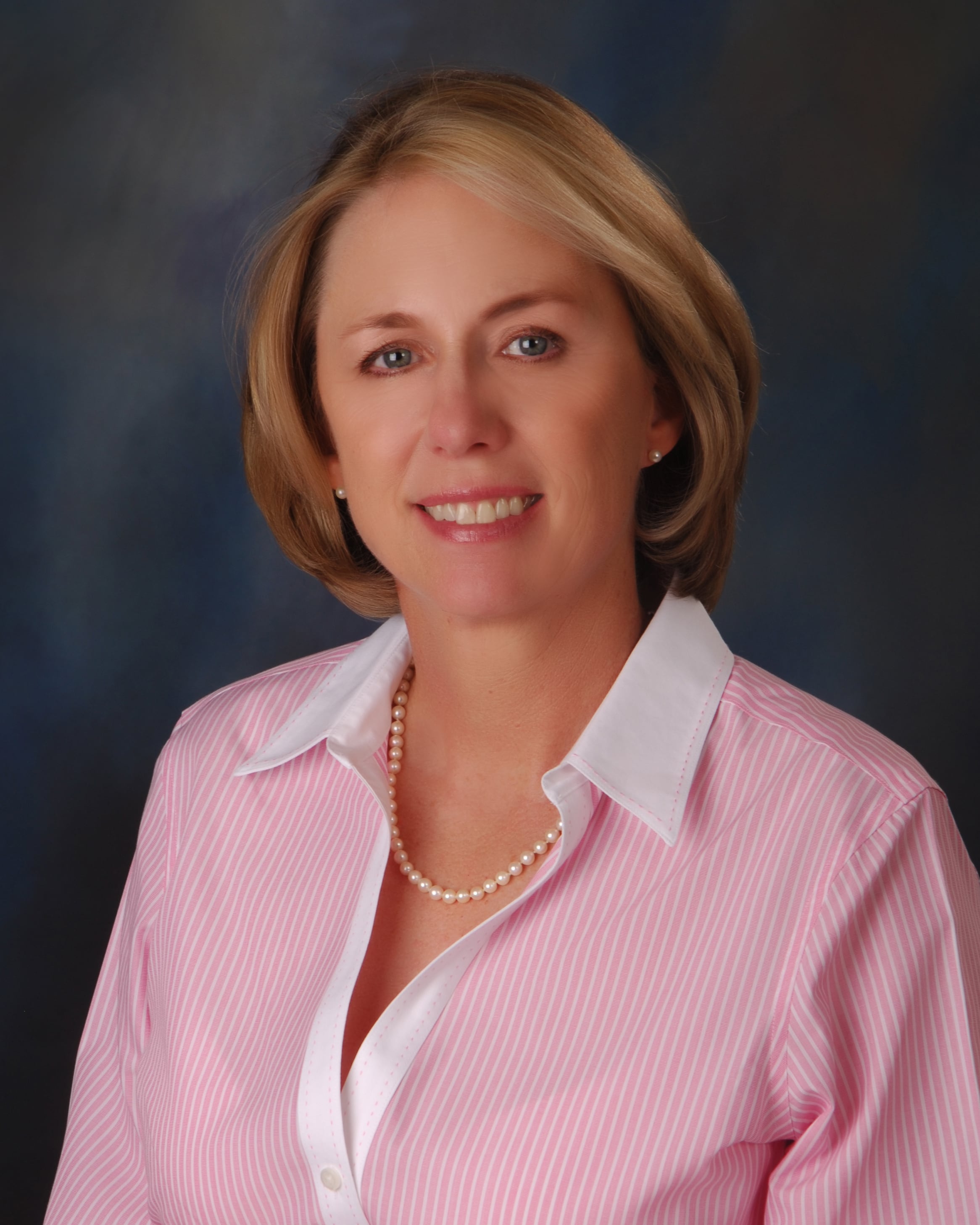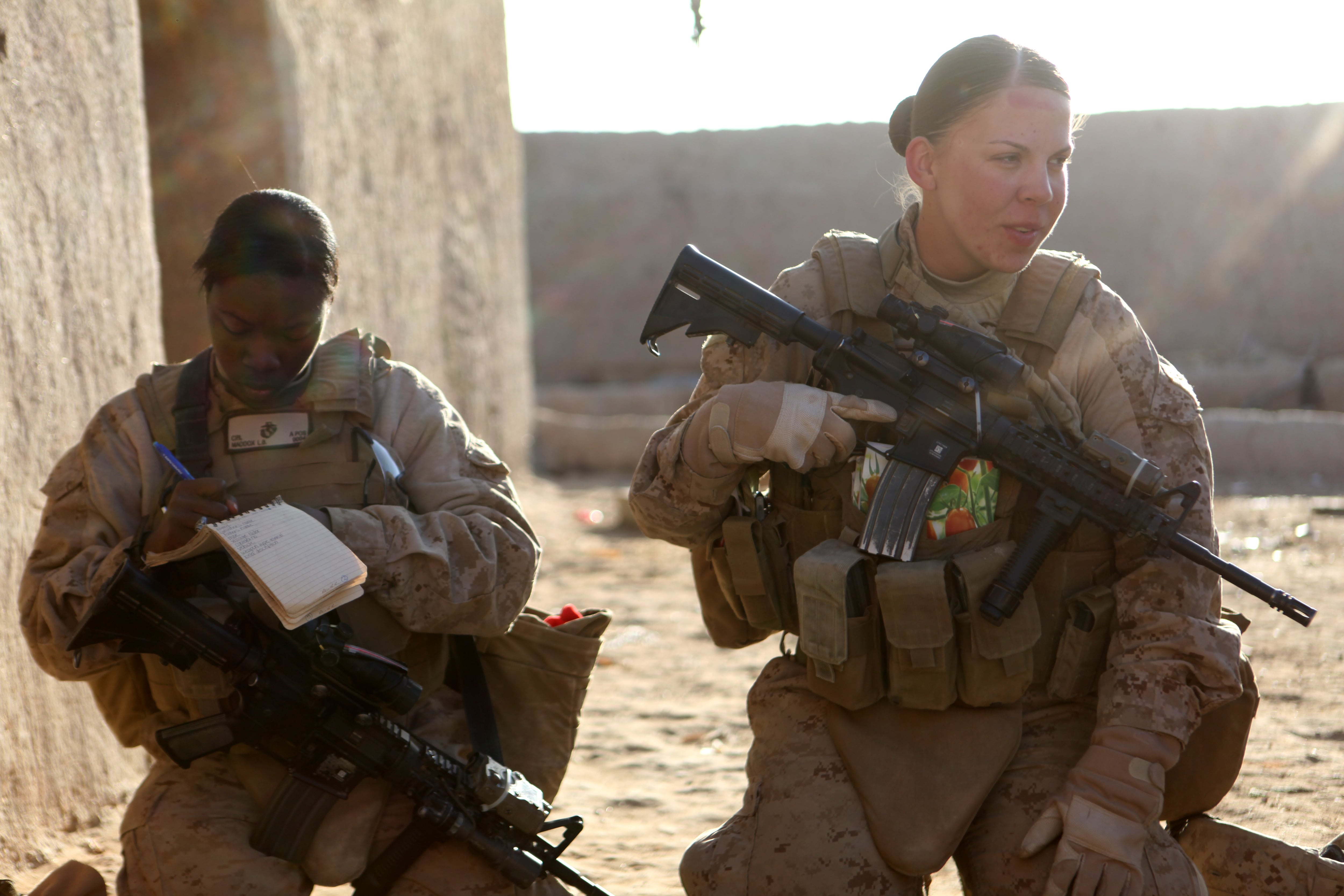During a recent posture hearing, Army Chief of Staff Gen. Mark Milley told lawmakers that the Army's plan to successfully integrate women into combat units rests on the shoulders of women. The Army is banking on a "Leaders First" policy whereby they will assign mid-grade servicewomen to combat units before they assign entry level women. Apparently, these mid-grade officers and NCOs will know how to integrate all-male units and they will serve as advisers and mentors to their peers and to entry level women when they join combat units. The problem with this approach is that it is male leaders who will make or break combat integration not the women.
Last summer I interviewed 25 women who had served as cultural support team members and were assigned to Ranger and Special Forces teams. These women, carefully screened and trained officers and NCOs, reported struggling to integrate their teams. Many went on to describe how their reception was wholly dependent upon their leadership. If the leadership was against their presence, they were rarely used and poorly integrated. If their leadership supported their presence, or at least was ambivalent, then they had an easier time integrating their teams, gaining acceptance and contributing to the mission. "They taught us how to interact with the Afghan culture and they kinda didn't really teach us how to navigate the all-male, very dominant alpha environment," one CW4 said.

Ellen L. Haring, senior fellow with Women In International Security.
Photo Credit: Courtesy
During my daughter's first Army assignment in 2011, to a large logistics company, she noticed that the Forward Logistics Element (FLE) had no women in it. When she asked the Commander why there were no women in the FLE, he said that it was his policy not to assign women to the FLE. The FLE supported the cavalry squadron and he didn't think women should be out with the cavalry. This commander eventually rotated out and a new commander took over. My daughter, now a first lieutenant, was put in charge of the FLE and promptly departed on a month-long joint Japanese/U.S. Training Exercise. At the end of the exercise ,the cavalry squadron commander presented her with her first impact Army Achievement Medal in recognition of her leadership and support to the squadron.
I retired from the Army in 2014 after serving 30 years in both the Active and Reserve components. In 30 years, I never had a woman as my rater, senior rater, mentor or even as an adviser. The point of these stories is that it is male leaders who will make or break combat integration, not servicewomen. Servicewomen will step up and do their part, but the men have to be willing to let them. Rather than focusing on putting mid-grade women into these units, who may or may not be good advisers and mentors and are likely struggling with integration themselves, how about focusing on how to select and train the men who will lead them?
"Leaders First" should be a policy to screen, select, train and mentor the commanders and command sergeants major, all of whom will be combat arms men, who will lead these units. Here is a simple idea; start by asking those who are on command selection lists what they think about full integration. Then ask them if they want to lead a gender integrated unit. Finally, if they both support integration and want to lead the first integrated units, give them some specialized training about leading organizational change and then do what the Swedish military has done. Assign them a gender coach, someone of comparable rank, not mid-grade women that they outrank, to advise and assist them as they navigate the challenges of this this significant organizational change process. Give the men who will lead this change the tools and resources they need to be successful, don't rely on the women to try to figure out how to make this a success.
Ellen Haring is a retired Army colonel, a senior fellow at Women in International Security and the Acting Board President of the Service Women's Action Network.




